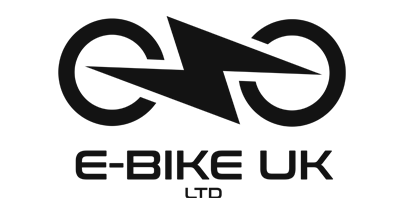Electric bikes, or e-bikes, have revolutionised the cycling world, blending the traditional aspects of pedal bikes with the advancements in electric technology. An e-bike provides the simplicity and fitness benefits of a regular bicycle while offering an electric motor to assist when needed. Understanding the mechanics of how e-bikes work can help potential users and enthusiasts appreciate this innovative mode of transportation.
Basic Components of E-Bikes
E-bikes typically comprise three core components that differentiate them from standard bicycles:
- Electric Motor: The motor is the heart of an e-bike, providing additional power to the rider’s pedal effort. Depending on the design, it can be located in the front or rear hub of the wheel or mounted in the bike's centre (often called a mid-drive motor). The motor's role is to facilitate easier pedalling, especially during uphill climbs or when accelerating.
- Battery: E-bikes are powered by a rechargeable battery. The battery's capacity determines the bike's range, which can vary from 25 to 70 miles or more on a single charge, depending on the battery size, the weight of the rider, the terrain, and the bike’s efficiency. Batteries can be mounted in various places, such as on the frame or in a luggage rack.
- Controller: The controller acts as the e-bike's brain, managing the power flow from the battery to the motor. It responds to the rider's input from a throttle (in throttle-actuated systems) or pedal-assist sensors.
Types of E-Bike Systems
There are two primary types of e-bike systems:
- Pedal-Assist (Pedelec): In this system, the motor only engages when the rider pedals, providing a power boost proportionally to the pedalling effort. It's designed to augment, not replace, human power, offering a more natural riding experience. Most pedal-assist e-bikes have different levels of assistance that can be adjusted according to the rider’s preference.
- Throttle-Based: These e-bikes are equipped with a throttle that can engage the motor with a simple push, providing power without the need to pedal. This type is more similar to a motorbike experience but is less common due to regulatory restrictions in many regions.
The Riding Experience
Riding an e-bike feels similar to riding a regular bike but requires less effort, especially in challenging conditions. The motor provides a smooth and controlled boost when a rider pedals or activates the throttle. This assistance can be particularly noticeable when climbing hills or fighting headwinds, making the riding experience less strenuous and more enjoyable.
Battery and Charging
The range of an e-bike depends on the battery capacity, measured in watt-hours (Wh). Charging an e-bike is as simple as plugging it into a standard electrical outlet, and it typically takes between 3 to 6 hours to fully charge a depleted battery.
Maintenance
E-bikes require similar maintenance to regular bicycles, such as tire pressure checks, brake adjustments, and chain lubrication. However, additional care should be given to the electrical components, like avoiding extreme temperatures and keeping the battery charged.
Environmental Impact
E-bikes offer an eco-friendly alternative to motor vehicles. They consume less energy and emit no direct pollutants, making them a sustainable choice for urban commuting and leisure.
Conclusion
E-bikes represent a fusion of human power with electric assistance, offering an accessible and eco-friendly mode of transportation. They open cycling to a broader audience, including those who might find traditional biking too physically demanding. With their growing popularity, e-bikes are set to play a significant role in the future of urban mobility and recreational cycling, combining efficiency, sustainability, and enjoyment in one package.





